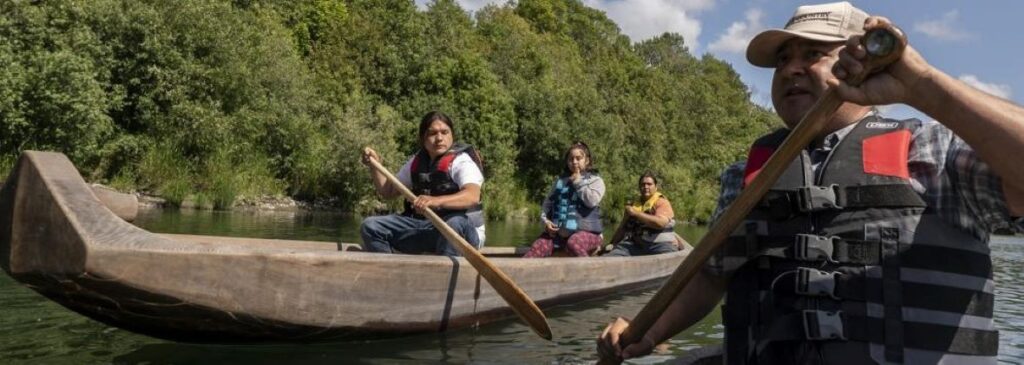In a state with the second-most federally recognized Indigenous tribes in the US, California officials and tribal leaders have announced an initiative to drive up tourism in native communities.
The initiative, Visit Native California, and its accompanying website are funded by a US$1-million grant from the American Rescue Plan Act, which targets public health and economic impacts of the pandemic and was signed into law by President Joe Biden last year. Tribes announced it in partnership with Visit California, the state’s main tourism marketing agency.
It’s one of the latest efforts to revitalize tourism nationwide after the early stage of the pandemic halted travel – and the spending that comes with it. California lost a projected $72.8 billion in tourism spending in 2020, according to research by Tourism Economics, a data and consulting firm.
The goal is to inform tourists about the music, art, nature, and history that have shaped tribal communities for generations. The website will promote locations around the state, including through podcasts, and provide itineraries for travellers.
“This project, this site, it gives my tribe the opportunity, the ability to share our culture,” said Reid D. Milanovich, chairman of the Agua Caliente Band of Cahuilla Indians, at a press conference at the Agua Caliente Cultural Plaza in Palm Springs.
“Cultural tourism to us is so important for many, many reasons,” adds American Indian Alaska Native Tourism Association President and CEO Sherry Rupert.
Leaders involved in the initiative hope it offers a chance for visitors to become more informed about the history of tribal lands.
The Palm Springs plaza, which will open next year, hosts the 4,500-sq.-m. Agua Caliente Cultural Museum, a trail, and a spa at the sacred Agua Caliente mineral hot spring. Other tribal sites promoted by the campaign include the Barona Cultural Center and Museum in Lakeside, Ca., and a cultural centre in the Santa Monica Mountains near Los Angeles.
Milanovich, whose ancestral lands see 200,000 annual visitors, said he hopes the initiative leads to similar ones in other states.
“I am optimistic and hope that other states across the country see what we are doing here in California,” Milanovich said. “The state and tribes partnering on tourism is a win-win.”
Caroline Beteta, president and CEO of Visit California, estimates that the organization has been in contact with more than a dozen of California’s 109 tribes ahead of the initiative’s rollout, set for March 2023.

